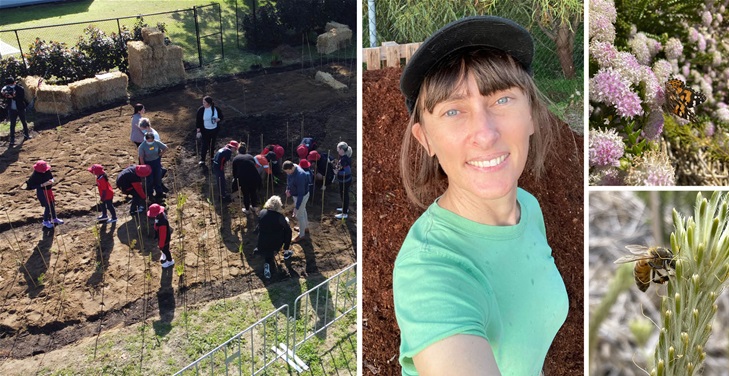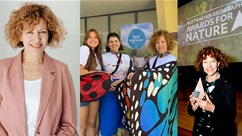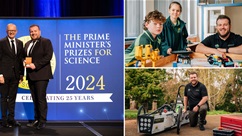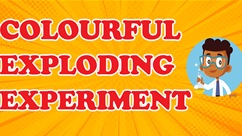KZ: Hi Dr Grey! What inspired your decision to become an ecologist?
G: Growing up I was (and still am) a massive fan of David Attenborough. I watched all his documentaries and read his books. He inspired me and keeps inspiring me to work with nature and try to help restore nature in areas where it has been damaged or lost.
KZ: Did you study any subjects or have hobbies as a child that helped with your career?
G: At school I really enjoyed studying science, including biology and I also really enjoyed art. Often you find that scientists are creative people, as they have to think differently to find answers to research problems. This means that many scientists may also be good at things like drawing, writing or music, as well as science.
KZ: Do you have any advice for K-Zoners who want to be an ecologist?
G: Get out in nature and observe – there's so much to enjoy and learn. Nature is amazing and can inspire you to do great things. Once you're hooked on nature, being an ecologist is where it is at!
KZ: What are you currently researching, and why did you want to focus on this topic?
G: In my current work I bring Miyawaki (pocket) forests into cities. Most of the forests that I plant are in schools through the Miyawaki Forest Outreach Program, so I work closely with children. Pocket forests are a great way of bringing nature back into schools. We turn an often-unused patch of grass into a forest that provides amazing habitat for a range of animals, and these forests do this quickly as they grow really fast. Having your own forest at school is pretty special, and to know that you have built it yourself gives the students as real sense of achievement. There are now 13 schools involved in the Miyawaki Forest Outreach program, and two community forests, with 13 of the forests funded by Carbon Positive Australia. In the program students start by creating compost over many months. This compost is then mixed into the soil at the site where the forest will be. Then the students plant their very own forest. They collect data on a bunch of things, including plant growth, plant survival, animal diversity, and soil and air temperature. Of course, they also spend time in the forest – we listen to the sounds of the forest, smell the air and enjoy the beautiful forest sights. It is great to see children interacting with their forests, enjoying the sights and sounds of nature. The students see that their forests help to bring biodiversity back into our cities and help to cool the local area. I investigate the creatures that live in the forest soil using eDNA (environmental DNA). This is basically like being a detective on CSI, or a police show, where I can see what is living and moving in the soil through the cells that it leaves behind, just like blood or hair at a crime scene. All I need is a vial full of soil. I love working with these forests as you can almost see them growing. It is fantastic to watch the habitat form so quickly for so many different creatures and to observe these creatures moving in.
KZ: What has been the personal highlight of your career so far?
G: The highlight of my career so far has been to see the Miyawaki forests growing in the schools and seeing that the tallest trees in the forests are now way bigger than the students who planted them, even after just a year and a half for the younger forests! Also, I was really excited that the Miyawaki Forest Outreach program was a finalist for the Australian Museum Eureka Awards for ‘Innovation in Citizen Science’ – that was pretty special.
KZ: Are you also working on any other research?
G: I have worked on a heap of different research, including investigating new ways to detect impacts to ground water, restoring seagrass habitat, investigating smelly beach wrack, and plant biosecurity (sounds like secret agent stuff). Miyawaki forest research is my favourite, as I can see that these forests provide real benefits for nature and the community. The research that I am doing will help to show governments and people working to restore nature that Miyawaki forests can be a really good option for helping to green our cities and quickly.
Want to read the main Ideas Lab interview with Dr Grey Coupland? Grab the May 'Beasts and Warriors' issue, on sale now!










Comment Now!